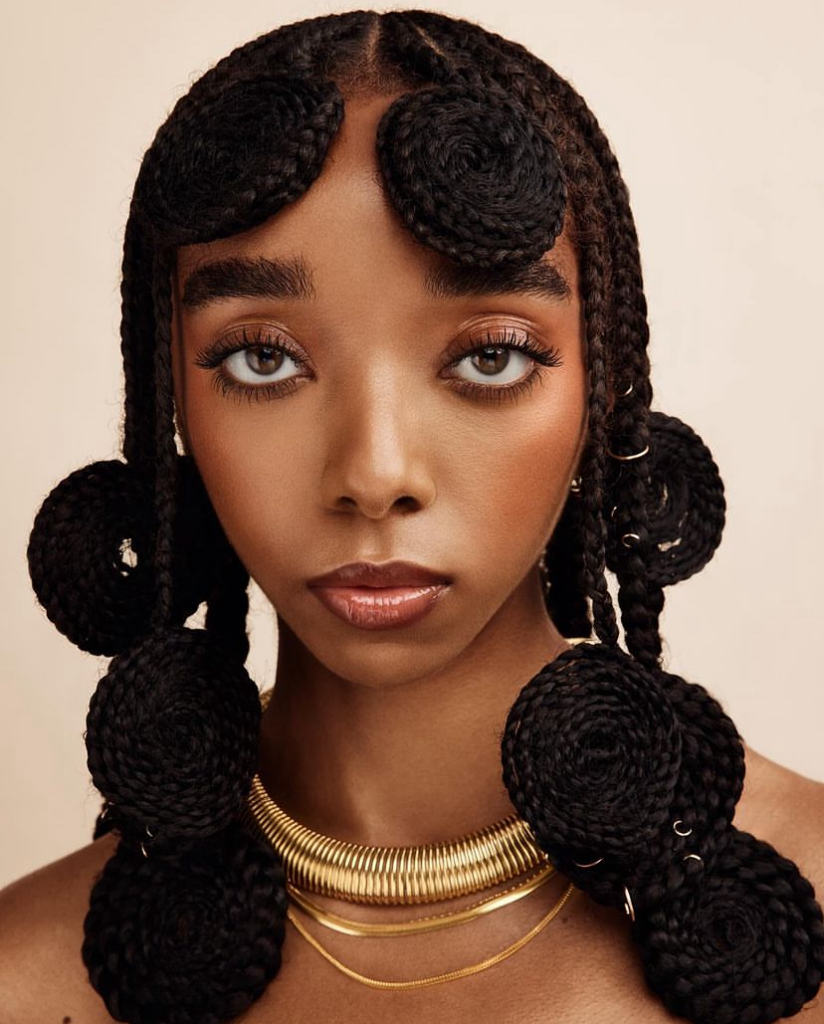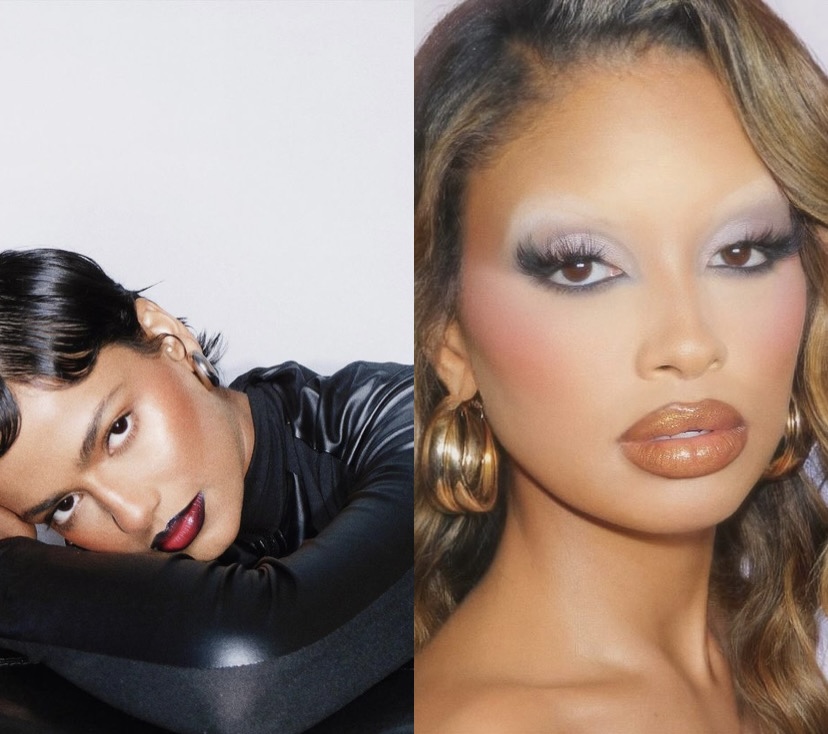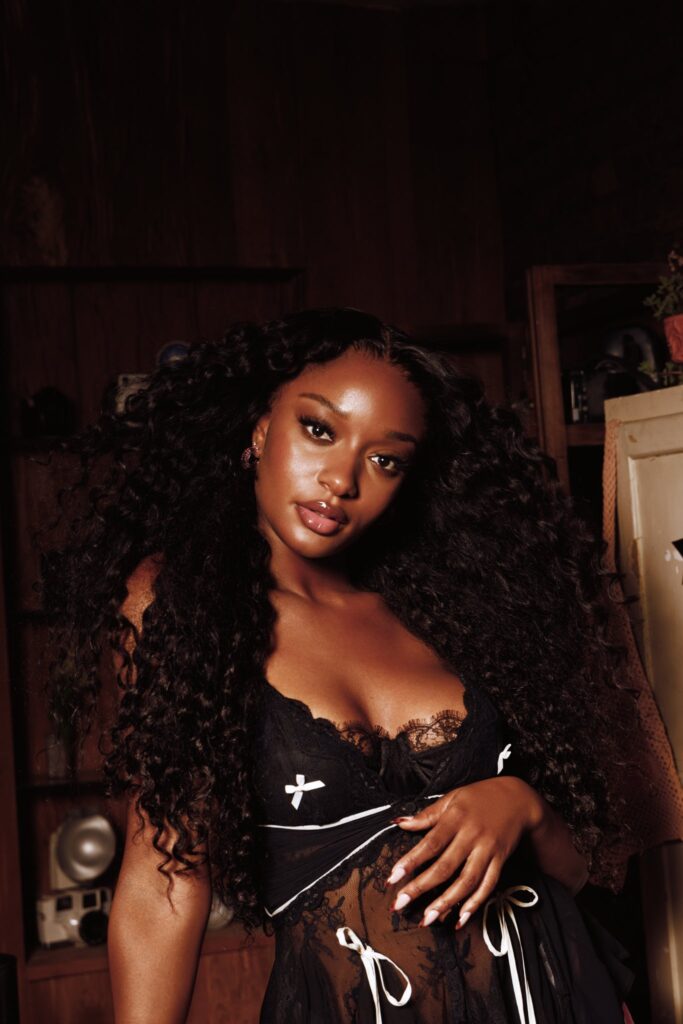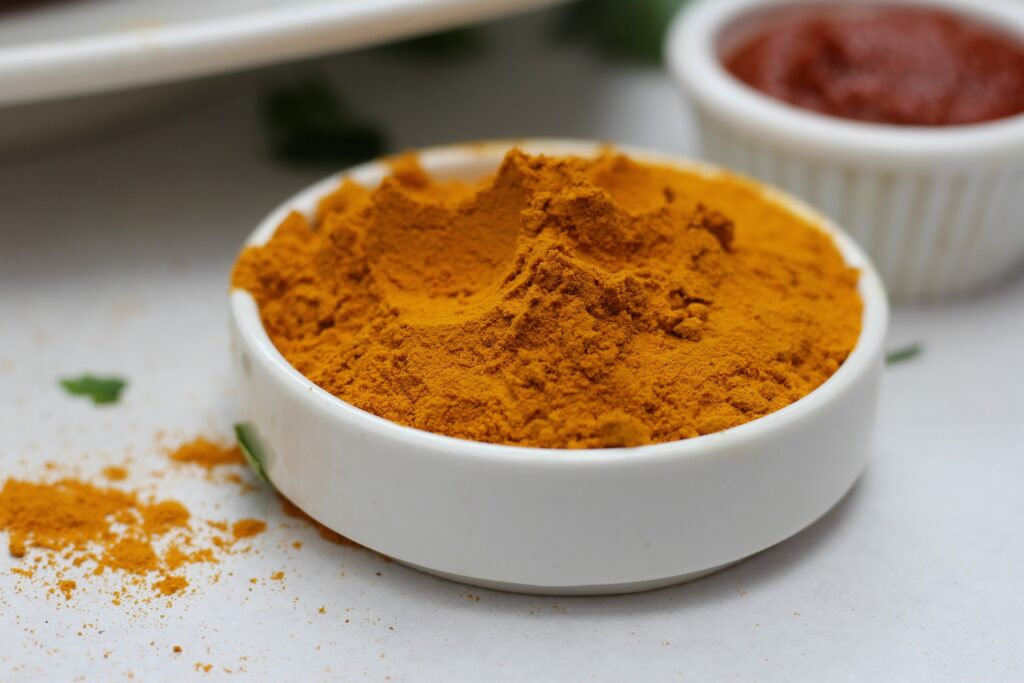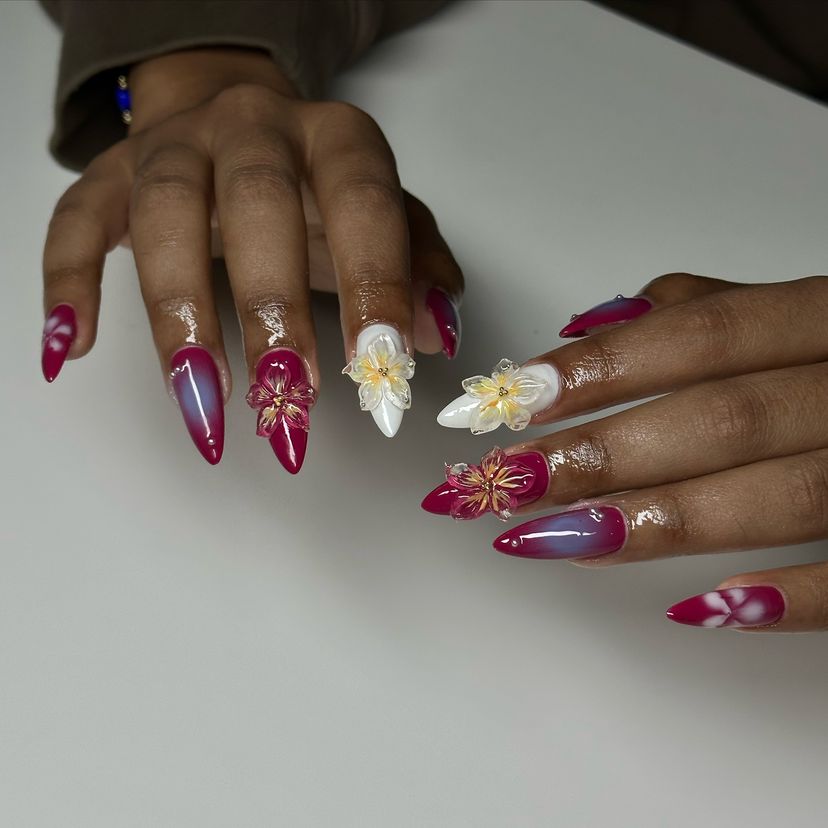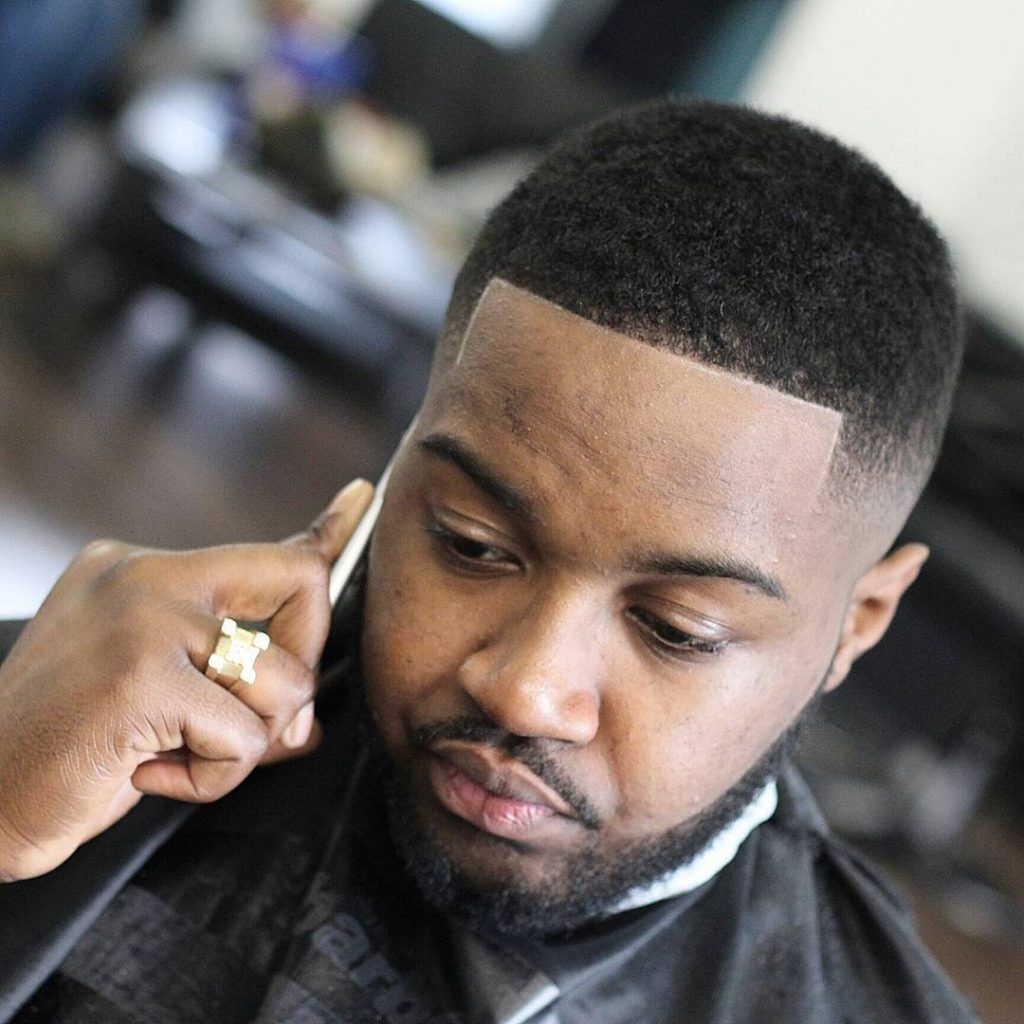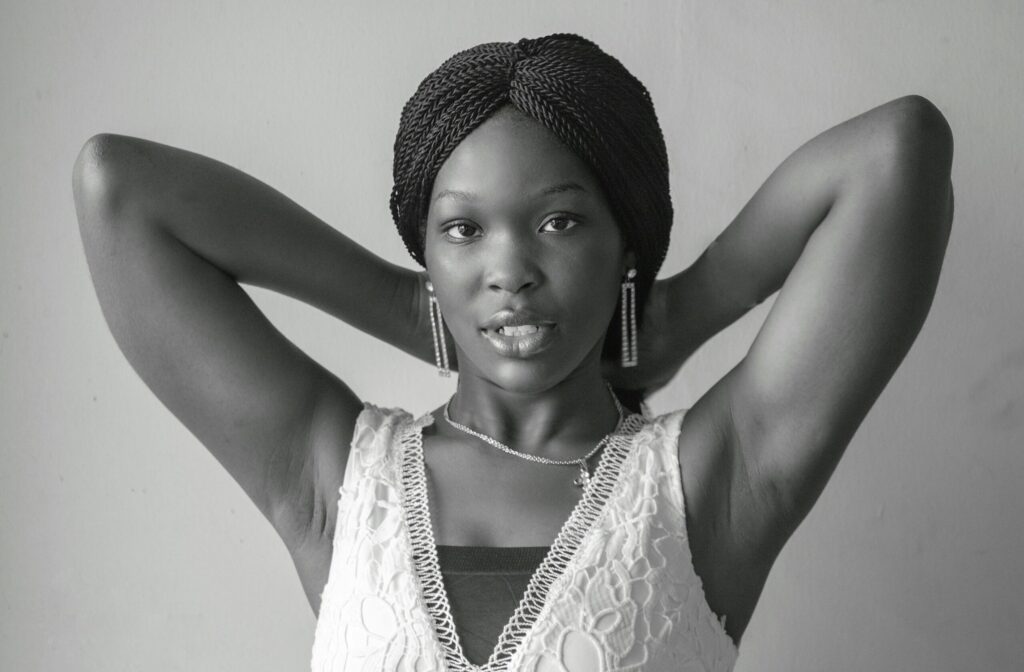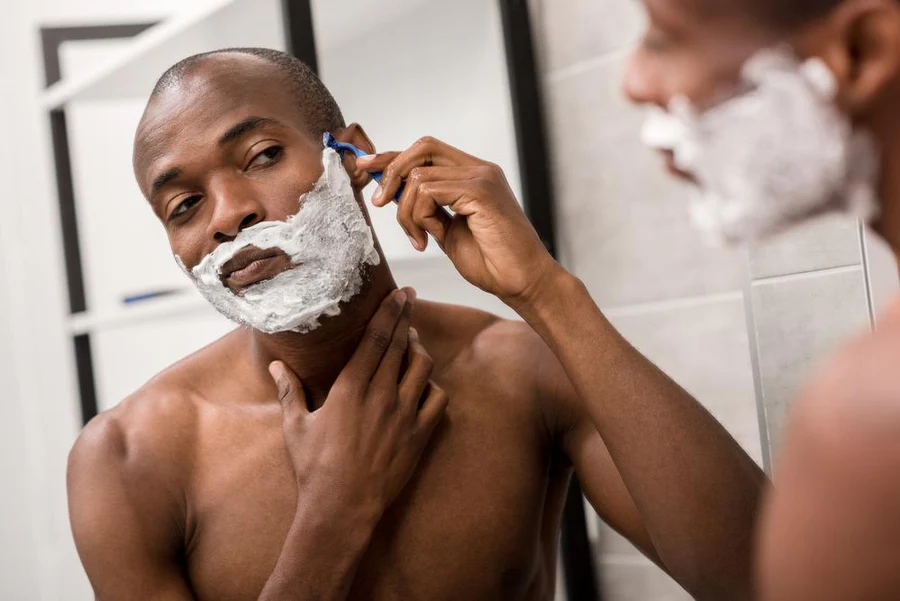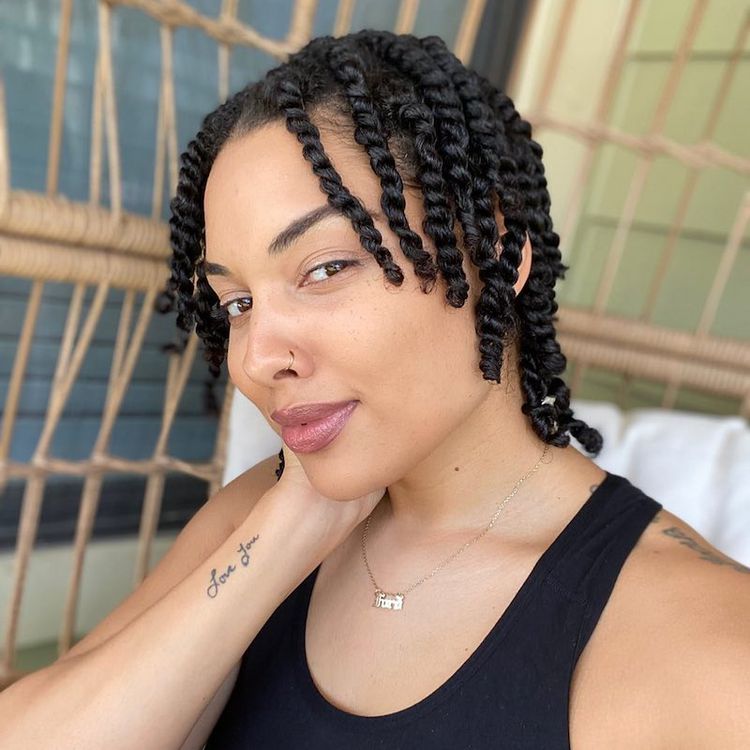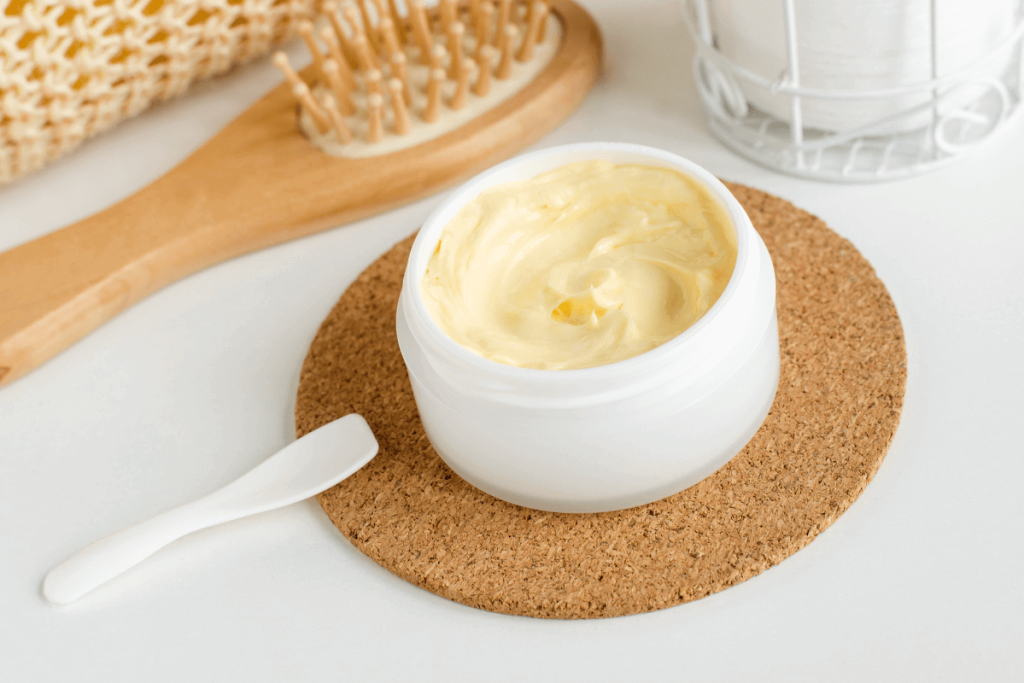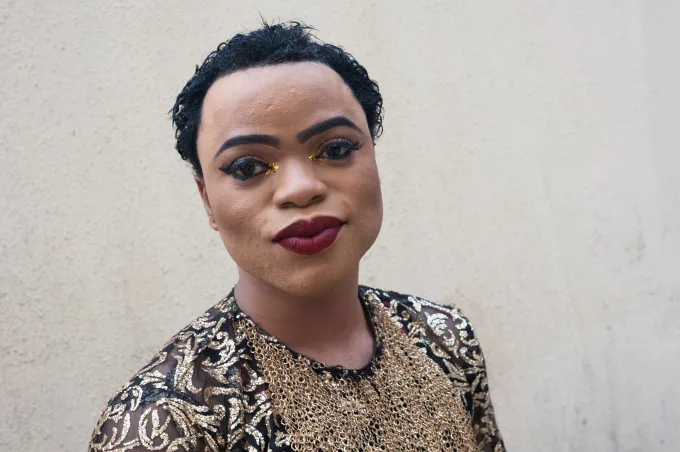
The rich tapestry of African culture is intricately woven into various aspects of daily life, and one of the most vibrant expressions of this cultural heritage is the traditional hairstyles.
Two styles that stand out for their artistic brilliance are ‘Koroba’ and ‘Kipetaka’, each originating from different regions of the vast African continent.
‘Koroba’: A Crown Of Cornrows From West/Central Africa

‘Koroba’, a timeless hairstyle, is a manifestation of artistry that finds its roots in West and Central Africa. What distinguishes ‘Koroba’ is its unique approach to cornrows, which begin at the crown of the head, intricately woven to create a regal pattern. This style is not merely a way of grooming: it’s a cultural statement, a symbol of heritage, identity, and sometimes, even a familial legacy.
The process of creating ‘Koroba’ is a meticulous art form. Skilled hands deftly part the hair into precise sections, working from the crown outwards. The result is a mesmerizing pattern of interconnected cornrows that can take various forms, from geometric shapes to intricate swirls. Often, beads or cowrie shells are woven into the hair, adding both a decorative touch and cultural significance.
‘Koroba’ goes beyond being a hairstyle; it’s a narrative etched in every braid. The wearer carries not just strands of hair but a piece of cultural identity, connecting them to the heritage of their ancestors. It is a testament to the artistry, patience, and cultural richness found in the heart of Africa.
‘Kipetaka’: Braided Swirls from Madagascar

On the other side of the continent, the island of Madagascar introduces us to the enchanting world of ‘Kipetaka’, a traditional hairstyle characterised by braided swirls. This distinctive style showcases the diversity of African hair styling, reflecting the unique cultural influences found on the island.
The intricate patterns of ‘Kipetaka’ are a celebration of creativity and storytelling. Each braid weaves a tale, often inspired by nature, mythology, or family history. The process involves sectioning the hair and creating braids that elegantly swirl and intertwine, forming a mesmerizing display of craftsmanship. Some variations include incorporating beads, shells, or colorful threads, making each ‘Kipetaka’ a personalised work of art.
Beyond its aesthetic appeal, ‘Kipetaka’ is deeply ingrained in the cultural fabric of Madagascar. It’s not just a hairstyle; it’s a form of expression, a way of communicating heritage, traditions, and individual stories. The ritual of braiding becomes a communal activity, fostering a sense of unity and shared identity.
Preserving Heritage through Hairstyles
In the contemporary world, where trends come and go, traditional African hairstyles like ‘Koroba’ and ‘Kipetaka’ stand resilient, reflecting an enduring connection to culture and heritage. These styles are not just about aesthetics; they are an integral part of identity and self-expression.
As we marvel at the artistry of ‘Koroba’s’ crown of cornrows or the intricate swirls of ‘Kipetaka’, it’s essential to recognise the significance these styles hold. They are not fleeting fashion statements but living testaments to the vibrant cultures that have shaped them over generations.
Whether in the bustling cities or the serene villages, the tradition of hairstyling in Africa persists, adapting to modern times while retaining its cultural essence. Each braid, twist, or swirl tells a story, linking the past with the present and carrying the legacy forward. In celebrating these traditional African hairstyles, we honor the craftsmanship, cultural diversity, and timeless beauty deeply embedded in every strand.

